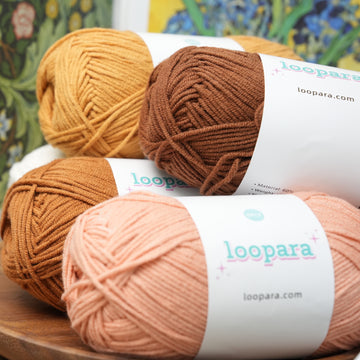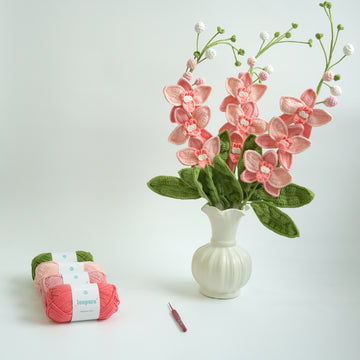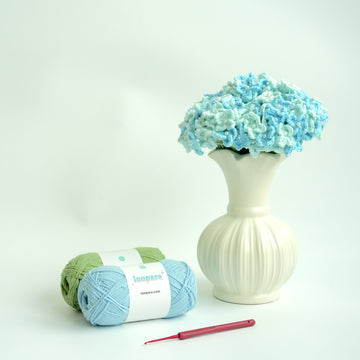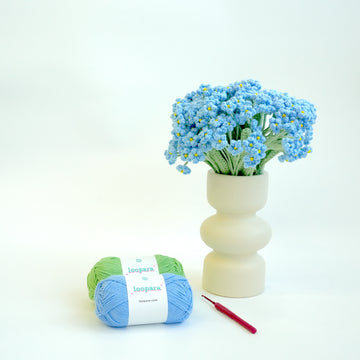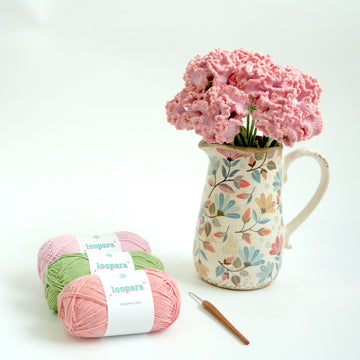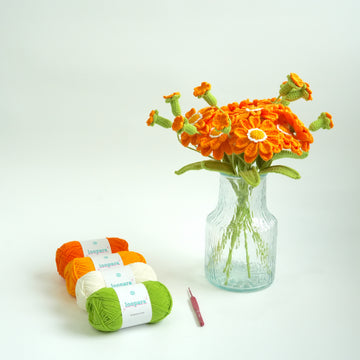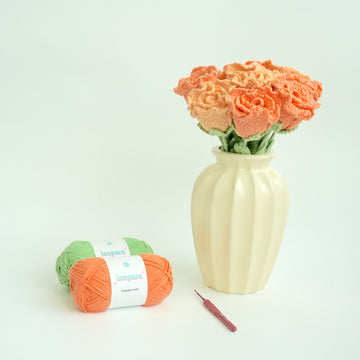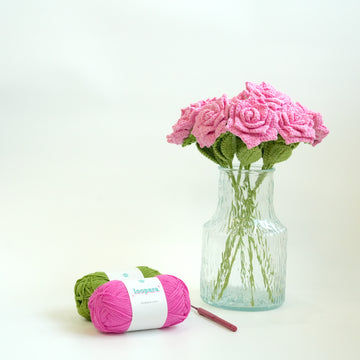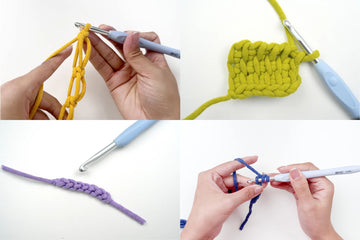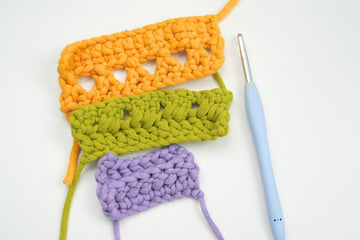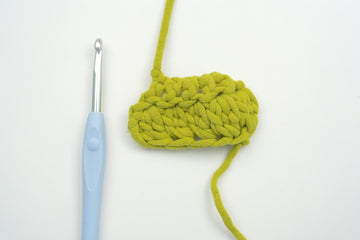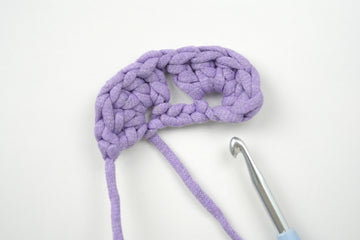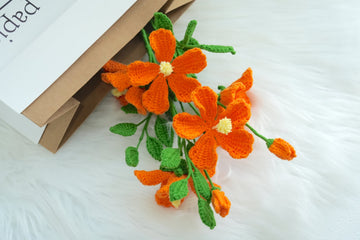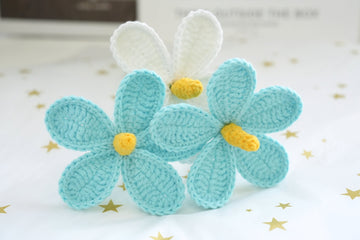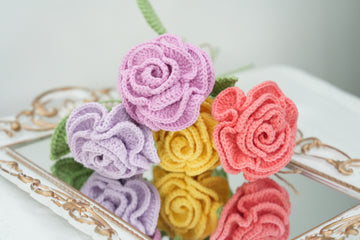Tunisian crochet, also known as Afghan crochet or hook knitting, is a unique needlework technique that combines elements of both crochet and knitting. It uses a long crochet hook, called an Afghan hook or Tunisian crochet hook, to create a fabric with a distinctive texture. Key terms in Tunisian crochet include: foundation row, forward pass, return pass, vertical bar, horizontal bar, and Tunisian simple stitch (TSS).
Tunisian crochet is popular for its versatility, allowing crafters to create thick, warm fabrics with a knit-like appearance. It's ideal for making blankets, scarves, and garments with excellent drape and structure. The technique offers unique stitch patterns and textures not achievable with standard crochet or knitting.
Tunisian crochet also works up quickly, making it efficient for larger projects. Whether you're a beginner or an experienced crafter, Tunisian crochet opens up new possibilities for creative expression in yarn work. Continue reading for a detailed video tutorial and step-by-step instructions with images to master this fascinating technique.
Pin for Later
Save this for your next cozy crafting session - Tunisian crochet is calling your name!

Tunisian Crochet Stitch Video Tutorial
Materials Needed
- Yarn: The recommended is 5 mm yarn. The reason why we chose this thick yarn is to make teaching easier. For beginners practicing, thicker yarn is also recommended.
- Hook: To match 5 mm yarn, a 6 mm hook is the best pairing.
Preparation
Make a slip knot on your hook.
How to tc Stitch – Step by Step for Beginners

Step 1. Chain 5 stitches.
TIP: Make these chain stitches a bit looser than usual.

Step 2. We'll be working into the back bump of each chain stitch.


Step 3. Insert the hook into the back bump of the first chain. Yarn over and pull up a loop.
TIP: Gently hold the loop on your hook with your finger.

Step 4. Continue inserting the hook into the next back bump, yarn over and pull up a loop.

Step 5. Repeat this for all the back bumps of your chain.

Step 6. You should now have 6 loops on your hook.

Step 7. Yarn over and pull through the first loop on your hook.



Step 8. Yarn over and pull through 2 loops. Repeat this action until only one loop remains on your hook.
Common Problems and Solutions
Why is Tunisian crochet so thick?
Tunisian crochet produces a thick fabric due to its unique technique. It uses a long hook to create loops that are held on the hook, then worked off in a return pass. This method results in a denser, more tightly-packed structure compared to traditional crochet, giving Tunisian crochet its characteristic thickness and warmth.
Why is my Tunisian crochet slanting?
Your Tunisian crochet may be slanting due to uneven tension, inconsistent hook placement, or incorrect stitch count. This can happen when you pull stitches too tightly or loosely, insert the hook incorrectly, or accidentally increase or decrease stitches. Practice maintaining even tension and double-check your stitch count to resolve the issue.
Why does my Tunisian crochet curl up?
Tunisian crochet often curls due to the nature of the stitches. The front side tends to be tighter than the back, causing the fabric to curl towards the front. Using a larger hook, blocking the finished piece, or adding a border can help reduce curling. Some patterns intentionally use this characteristic for design purposes.
FAQ
Is Tunisian crochet good for beginners?
Tunisian crochet can be challenging for absolute beginners. It uses a special hook and combines elements of knitting and traditional crochet. While the basic stitches are straightforward, managing the loops on the hook can be tricky. However, with patience and practice, beginners can master this technique and create unique, textured projects.
Is Tunisian crochet good for blankets?
Tunisian crochet is excellent for blankets. It creates a thick, warm fabric with a unique texture that's both decorative and cozy. The technique allows for intricate stitch patterns and color work, making it ideal for customized blankets. However, it can be more time-consuming than traditional crochet and may require special hooks.
What is Tunisian crochet best for?
Tunisian crochet is best for creating dense, warm fabrics with a unique texture. It's ideal for blankets, scarves, and winter wear. The technique produces a fabric that's thicker than regular crochet, making it suitable for sturdy items like bags and home decor. It also allows for colorwork patterns and a knit-like appearance.
More Beginner Crochet Stitch Tutorials
Dive deeper into crochet with these fundamental stitches. Each tutorial will help you expand your skills and create more diverse projects.


